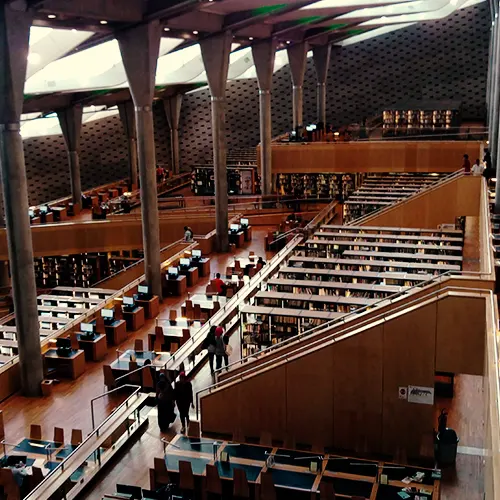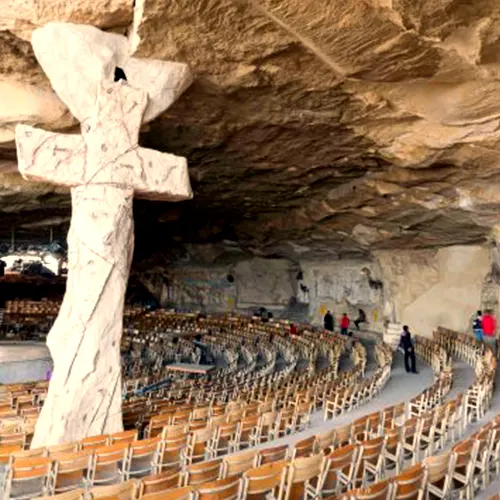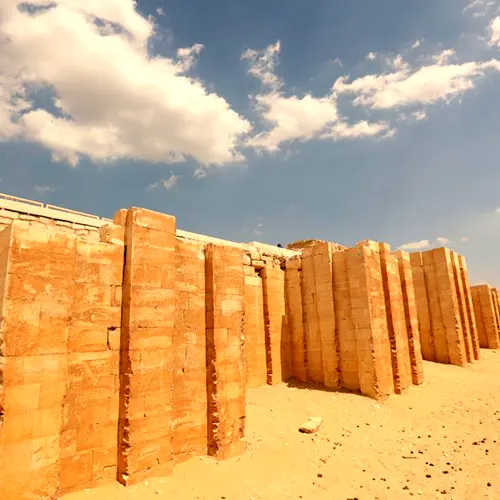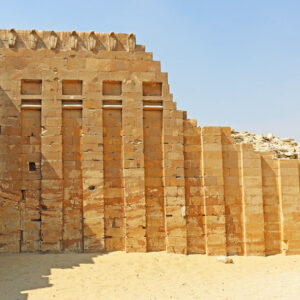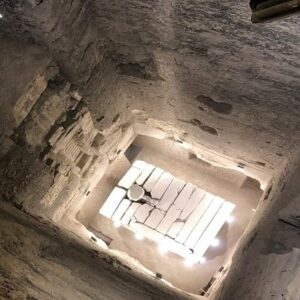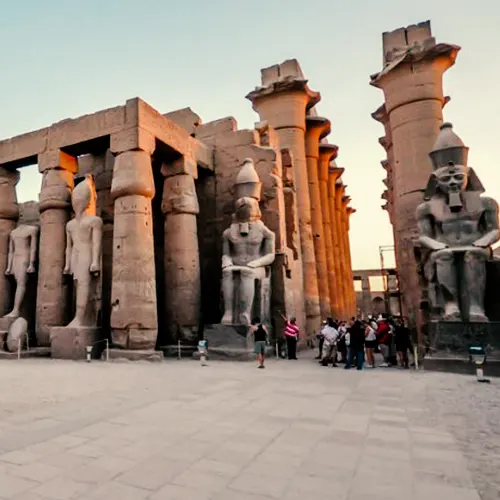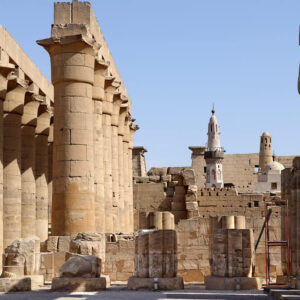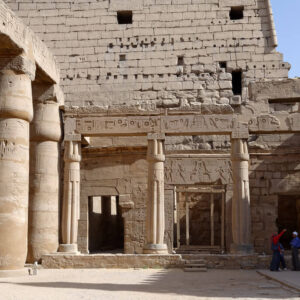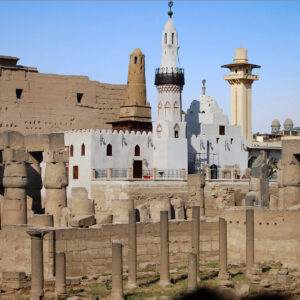The Catacombs of Alexandria (Kom el Shoqafa)
The Catacombs of Kom el-Shuqafa are considered the first catacombs in the whole world. It is a complex of impressively decorated tombs dating back to the Roman period. It is located in the district of Karmouz to the east of Alexandria.
The Kom el Shoqafa is its Arabic name, meaning in the English language the mound or hill of potsherds, referring to the broken dishes and plates that was found in this place. Also, the word Catacomb means a rock-cut tomb around a well.
This place is considered an open museum, as, besides tombs, there are several Roman monuments as the fountain and the bathtub.
The Catacombs of Alexandria This Catacomb was discovered by chance in 1900 when a donkey fell in the well. It is one of the most important examples referring to the fusion between ancient Egyptian art and Greco-Roman art.
The Catacomb originally belonged to a wealthy Roman family who started to use it for burial in the middle of the 2nd century AD. Later, the catacomb was expanded to be a public cemetery.
It consists of 3 floors housing rock-cut tombs in the 1st and 2nd levels, but the 3rd is completely underwater. These two levels can be accessed by a central spiral staircase to a depth of 35 meters around a well.
When you descend the catacomb, you can see a circular hall with a vaulted ceiling called the rotunda. This hall contained 5 busts (now these busts are displayed in the Greco-Roman Museum in Alexandria).
After that, you will move to the Triclinium hall, where the visitors of the tomb were taking some rest after descending the stairs of the tomb. This hall supports by 4 pillars and contains 3 benches, taking the shape of the letter U. It is thought that this hall was used by the visitors of the tomb for eating food.
Then there is another hall containing bones for horses. It is called Holy Horses Hall, as it is believed that these horses were used in horse racing.
Finally, there is the main shrine of this catacomb. There are 2 statues, their features combining between the ancient Egyptian and Greco-Roman arts. It is thought that these statues belonging to the original owners of the catacomb.

The Tomb of Tigrane The Tomb of Tigrane is situated a few meters away from the main catacombs. It dates back to the 1st century A.D. and was discovered in 1952. It is famous for its wall paintings executed in the Hellenistic style.

You Can enjoy a virtual tour to the Catacombs via the virtual tours of the Ministry of Tourism and Antiquities. The Catacombs of Alexandria






